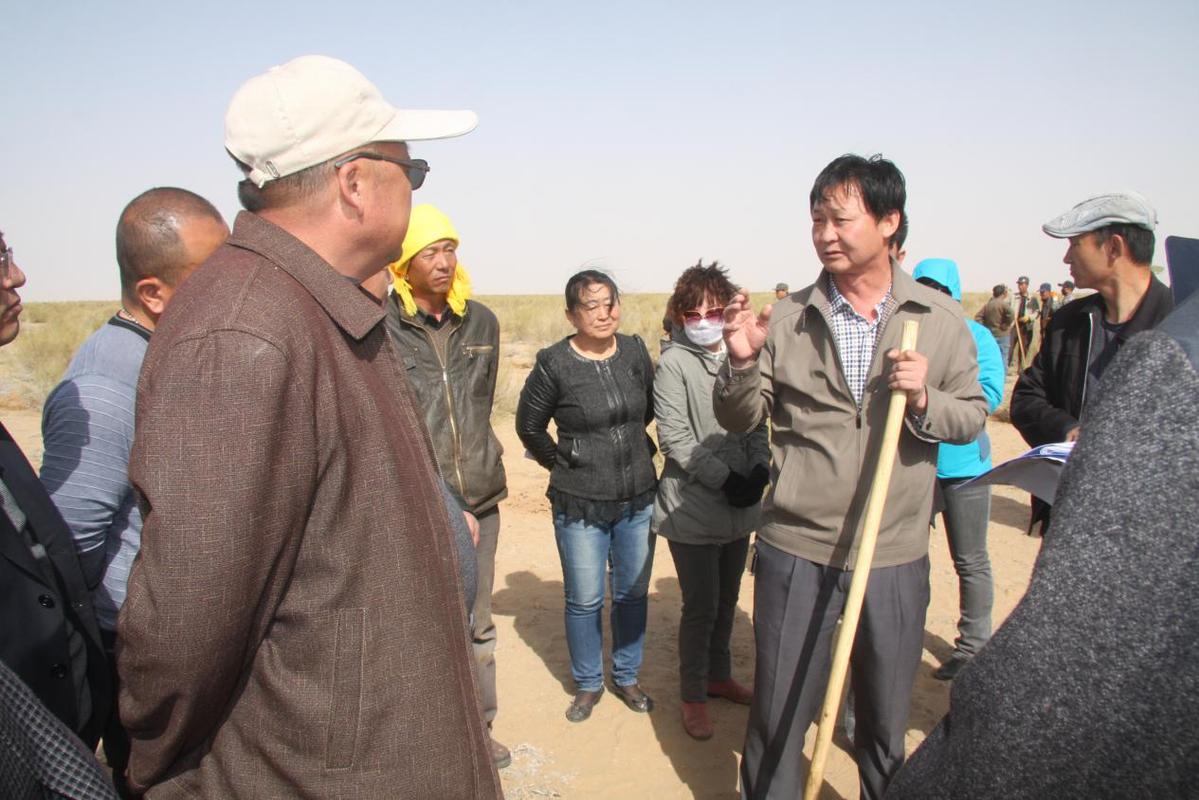马上注册!
您需要 登录 才可以下载或查看,没有账号?注册
×
Initially, the growth rate of the seedlings was more than 20 percent, but the survival rate declined every year as a result of trees being planted in unsuitable areas and inadequate management and protection, Liu said.
Starting in 1998, he and his peers recognized the need to change tree species, so they replaced traditional types such as poplars and elms with "shrub-type" native species such as suosuo trees.
 Liu Hongyi (second from right) shows villagers how to plant trees in the desert in Alshaa League, Inner Mongolia autonomous region. [Photo provided to chinadaily.com.cn]Previously, protective forests had consisted of poplars, elms and jujube trees. However, by the 1990s, the forests were in a state of severe degradation, which left vast areas of land vulnerable to sand encroachment. Strong winds toppled the once-thriving forests, leaving a barren landscape, Liu said. Liu Hongyi (second from right) shows villagers how to plant trees in the desert in Alshaa League, Inner Mongolia autonomous region. [Photo provided to chinadaily.com.cn]Previously, protective forests had consisted of poplars, elms and jujube trees. However, by the 1990s, the forests were in a state of severe degradation, which left vast areas of land vulnerable to sand encroachment. Strong winds toppled the once-thriving forests, leaving a barren landscape, Liu said.
Choosing suitable trees and sowing them via cloud-planting techniques that provided efficient large-scale coverage and rapid results at low cost proved an appropriate method for the vast and sparsely populated Alshaa region, he added.
Since 1982, about 470,000 hectares of land in the league have been afforested via cloud planting. They form two belts that stretch a combined 460 kilometers and range from 3 km to 20 km in width on the southeastern edge of the Tengger and Ulan Buh deserts. |
 关注公众号
关注公众号 QQ会员群
QQ会员群![]() 京公网安备 11010102001080号
京公网安备 11010102001080号